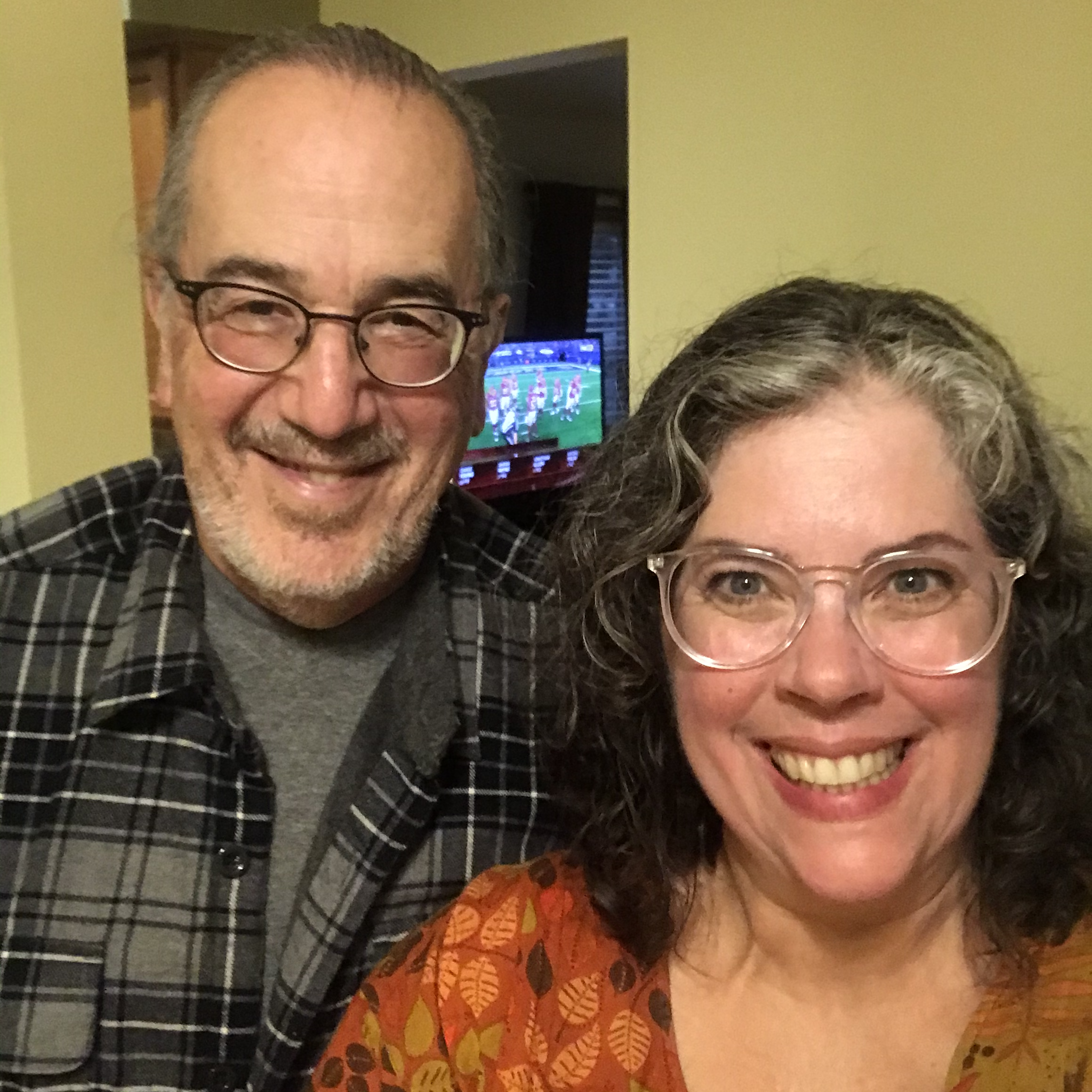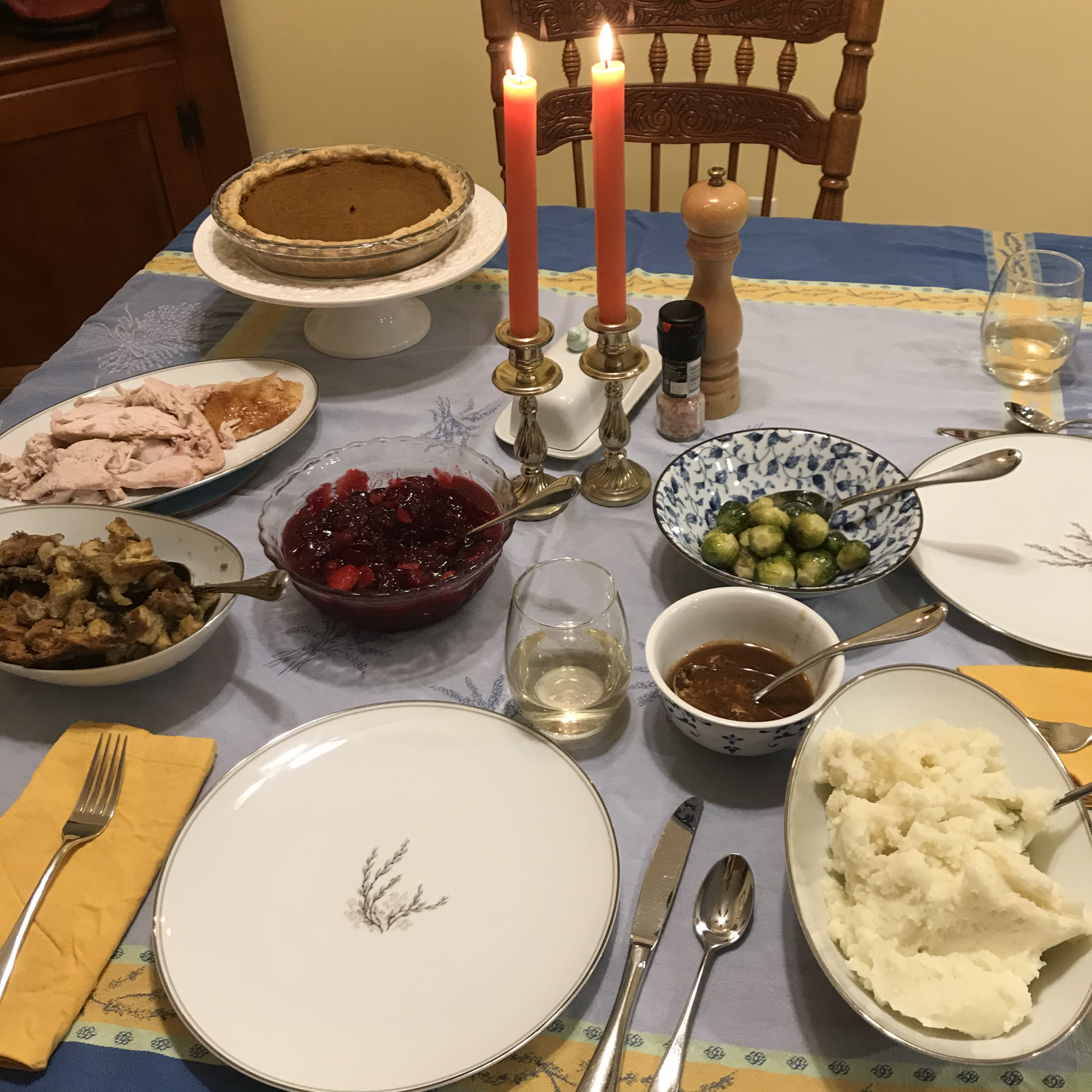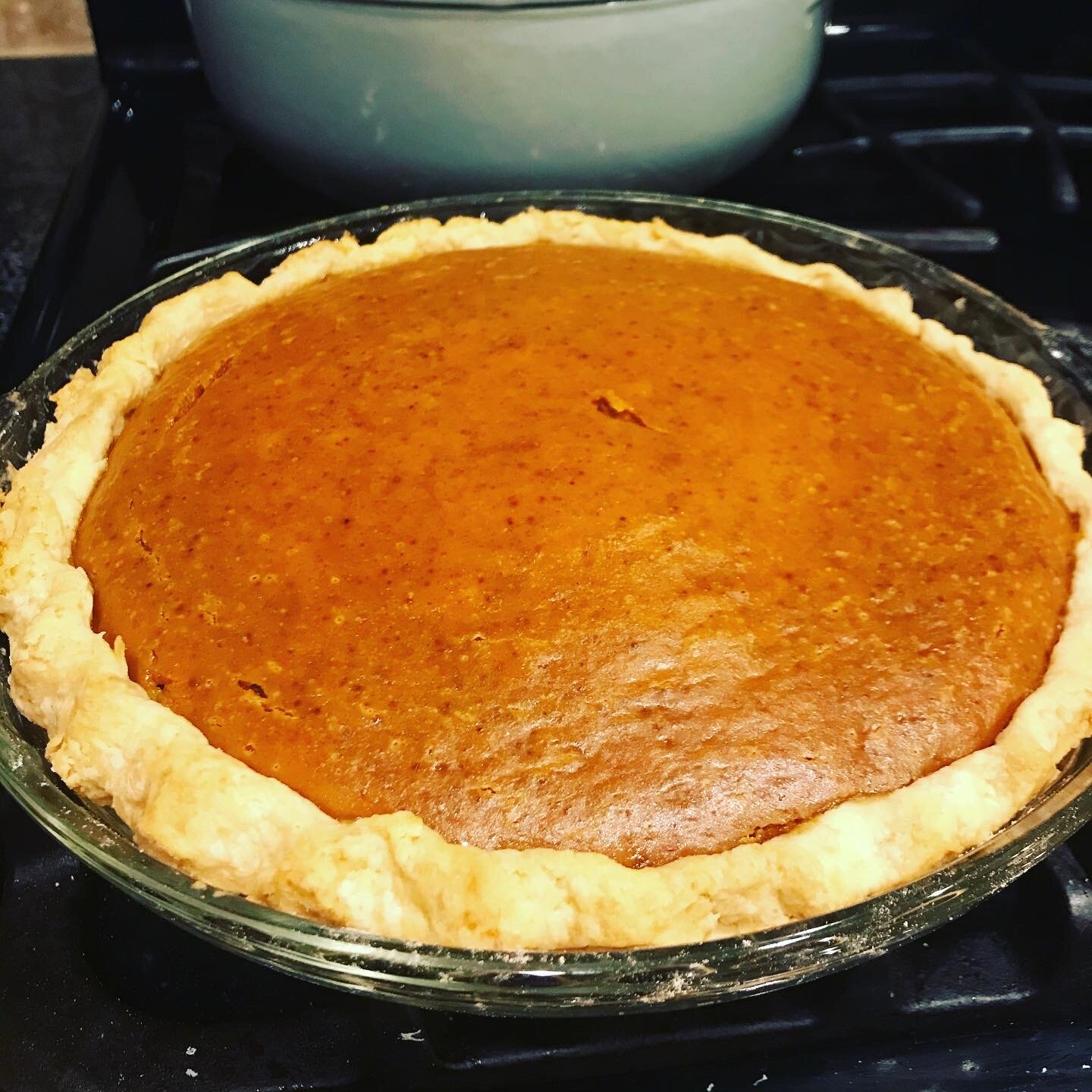How big is your portion of the pie?
It was just Thanksgiving here in the United States last week. Morris and I spent a quiet day together at home. I cooked, he watched football, we took a walk together . . . It was not the holiday we are used to, but we enjoyed the one we had.
Here are some of our holiday photos from Thanksgiving 2020:
Our intention for the day was to spend a lovely day together, and that’s just what we did. I’ve heard from some friends and relatives whose intentions did not, in fact, become their reality. At least one friend was ill all day, another was quarantined. One friend had held onto hopes that a distanced outdoor holiday with loved ones might work out, only to have those loved ones bail because they refused to be outside . . . In those cases, intentions were not met, leading to disappointment.
Yesterday, as Morris and I finished the pumpkin pie you see above, it occurred to me that I had eaten far less of the pie than he had. (No regrets here, just an observation.) My brain leapt to thinking about how our lives are like a pie: each obligation, occupation, person or other being we interact with (pets, gardens), take up a wedge of that pie. When we get less of that pie for ourselves than we expect or desire, it leads to disappointment.
Today, I’ve got an assessment exercise for you in the download you see below.
In the download, you will find instructions, but you will be assessing what you think your pie should look like (how big the slice that belongs to you should be is a large part of it), and then looking at what your actual life pie reflects.
Say you figure you should get 33% of your time for yourself, or for the tasks that you most enjoy. You would block out one-fourth of the first pie as ideally belonging to you, and split the rest of the pie among your other beings, tasks, etc. For the second pie, you would fill in the various wedges as they actually are, to see if you are getting that 33%.
Or you could do this exercise by assessing how you spend your own time. Say you are a writer (so many of my friends are authors or poets, this seems like a solid example). You want to spend 50% of the “free” time you have writing, with the rest split between other hobbies, including watching YouTube or Netflix. If you find that watching or consuming other media (movies, TV, videos, or social media) is taking 80% of your time, that leaves you only 20% of your time to write (and you may not be spending that entire portion writing, so perhaps it’s even less). Obviously, changes will need to be made in how you spend your time, if that’s the case.
Click on the image below to claim your “Easy as Pie” assessment sheet.
If you are interested in working with me one-on-one to sort this pie stuff out in a way that feels better for you, I hope you will book a free Zoom call with me to see if we’re a good fit. Check out my scheduling page here.




